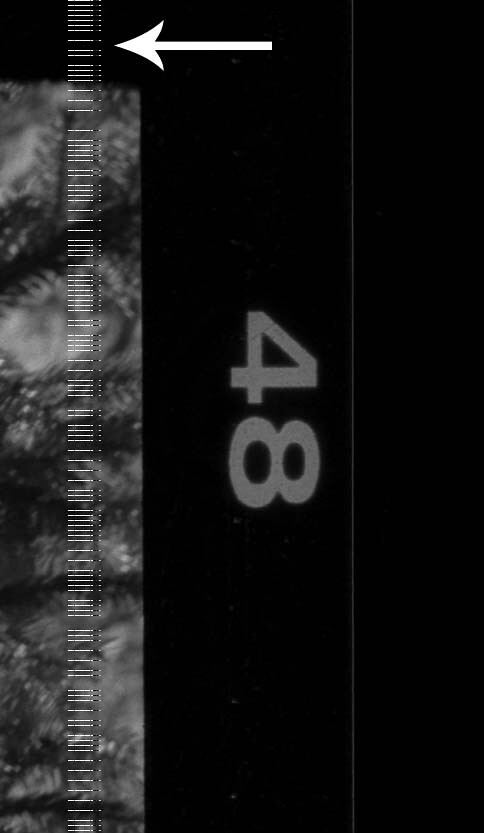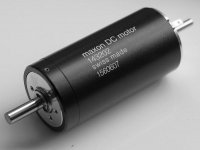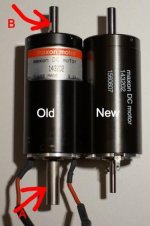sdzsdz
Newbie
Scanmate Problems, Pictures too dark
Scanmate Problems, Pictures too dark
Hello from germany! As I was told in the Scanner Pictures-Thread, this is the right place for my question.
I found this thread while following a link posted by jazaga beneath one of my pictures at flickr.
Since one year I´m scanning with a Scanmate 11000 and am quite happy with scanning negatives. But when scanning slides that have a huge tonal range and very dark areas I run into great problems. I tried CQ 5.2 (TIFF RAW, TIFF LAB and everything) and CT and ended up with CT superior to CQ regarding the shadow performance. I also determined that the shadow detail gets a bit better if I scan with higher resolution.
The Problem: Overall the scans are quite dark when coming out of the scanner. There is a lot of detail in the shadows but the tones are too narrow, if I spread it up in PS or Lightroom I end up with noise and extreme problems of light areas bleeding into dark ones, also the shadows are extremely red. I do of course white calibration, but not through the film but throug Mylar and fluid.
I can´t complain about sharpness. I have a picture to show you the problem, perhaps somebody can help me. Please! I´m trying and suffering for over 1 year now. I had also contact to ABC-Scan, but the technician there told me to tweak the curves in CQ but this is DEFENETLY not the solution.
This is the Picture Photographed with my ordinary D600 and a 85mm lens (not a macro)! This comes not even close to what my bare eye can see, the highlights in the slide are NOT blown out and the shadows show a lot of detail!
https://farm4.staticflickr.com/3702/13482745875_cdaeee8963_c.jpg
auf Flickr
This is the picture coming out of the scanner with Colortrio 2 and a Gamma of 1,8, of corse I did white calibration, although not through the picture but through mylar and fluid. Scanned at 8000 dpi in 4 portions
https://farm3.staticflickr.com/2904/13482760215_162a13c1db_c.jpg
auf Flickr
This is the scan after a lot of PS
https://farm8.staticflickr.com/7121/13482769175_2ace3fc2b8_c.jpg
auf Flickr
I think the sharpness is ok (no sharpening or highpass)
https://farm3.staticflickr.com/2882/13482885263_5fd6733e03_c.jpg
auf Flickr
But the lights are severly bleeding into the dark areas
https://farm8.staticflickr.com/7426/13483140834_ae13850781_c.jpg
auf Flickr
https://farm8.staticflickr.com/7036/13483141624_bbd695f3cb.jpg
auf Flickr
Scanmate Problems, Pictures too dark
Hello from germany! As I was told in the Scanner Pictures-Thread, this is the right place for my question.
I found this thread while following a link posted by jazaga beneath one of my pictures at flickr.
Since one year I´m scanning with a Scanmate 11000 and am quite happy with scanning negatives. But when scanning slides that have a huge tonal range and very dark areas I run into great problems. I tried CQ 5.2 (TIFF RAW, TIFF LAB and everything) and CT and ended up with CT superior to CQ regarding the shadow performance. I also determined that the shadow detail gets a bit better if I scan with higher resolution.
The Problem: Overall the scans are quite dark when coming out of the scanner. There is a lot of detail in the shadows but the tones are too narrow, if I spread it up in PS or Lightroom I end up with noise and extreme problems of light areas bleeding into dark ones, also the shadows are extremely red. I do of course white calibration, but not through the film but throug Mylar and fluid.
I can´t complain about sharpness. I have a picture to show you the problem, perhaps somebody can help me. Please! I´m trying and suffering for over 1 year now. I had also contact to ABC-Scan, but the technician there told me to tweak the curves in CQ but this is DEFENETLY not the solution.
This is the Picture Photographed with my ordinary D600 and a 85mm lens (not a macro)! This comes not even close to what my bare eye can see, the highlights in the slide are NOT blown out and the shadows show a lot of detail!
https://farm4.staticflickr.com/3702/13482745875_cdaeee8963_c.jpg
auf Flickr
This is the picture coming out of the scanner with Colortrio 2 and a Gamma of 1,8, of corse I did white calibration, although not through the picture but through mylar and fluid. Scanned at 8000 dpi in 4 portions
https://farm3.staticflickr.com/2904/13482760215_162a13c1db_c.jpg
auf Flickr
This is the scan after a lot of PS
https://farm8.staticflickr.com/7121/13482769175_2ace3fc2b8_c.jpg
auf Flickr
I think the sharpness is ok (no sharpening or highpass)
https://farm3.staticflickr.com/2882/13482885263_5fd6733e03_c.jpg
auf Flickr
But the lights are severly bleeding into the dark areas
https://farm8.staticflickr.com/7426/13483140834_ae13850781_c.jpg
auf Flickr
https://farm8.staticflickr.com/7036/13483141624_bbd695f3cb.jpg
auf Flickr









